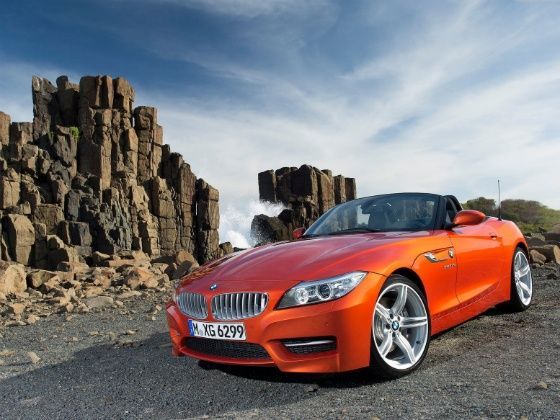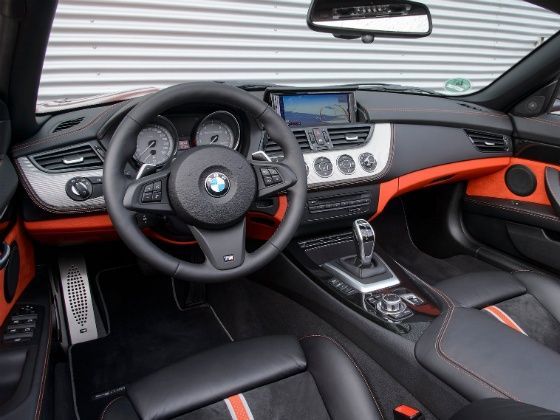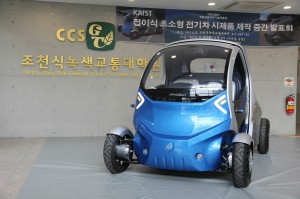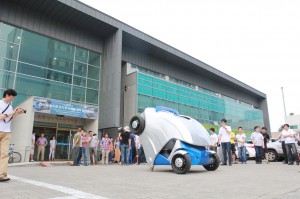The Bentley Continental GT, you could argue, is on the same theme, only offering lesser quantities of space and price and luxury. The Ferrari FF is another alternative that could be used for the same job: a car that’s an event in itself, which can seat four over a long journey.
Sporty, however, the Wraith is not. Rolls won’t even use the word. This is the most powerful Rolls-Royce ever made, and Rolls alludes to it being the most dynamic car it produces.
But look at the figures: length, 5269mm; width, 1947mm; weight, 2435kg. It’s no FF. Yes, the engine makes 624bhp, but it’s ostensibly the same unit as used in the Ghost, which means it’s a stroked version of an already large BMW V12, enlarged to some 6.6-litres and equipped with two turbos. There’s only so much dynamism you can have with those numbers.
This being a Rolls-Royce, there’s only so much dynamism you’d want: Rolls says it might be the easiest car in the world to drive quickly, that it offers unstressed pace. The vehicle might be in a hurry, but you won’t be. Let’s see.
Our drive is of a pre-production Wraith, so interior fit and finish might not be up to a final scratch that is, we know from experience, usually from the uppermost drawer. But even in this early Wraith’s cabin, not much inside isn’t right.
Carpets are thick and deep, the leather is apparently of ‘Phantom grade’ and feels it, and the wood is as wooden as wood should be. Coach doors opened wide, and with the driver’s seat moved, it’s no chore to climb into the back, and no chore to stay there. This is a full four-seater, no question. At 5.3m long, even with the generous boot length it has, it would be scandalous if it weren’t.
You’ll probably know the Ghost is, however loosely, based on the architecture of the BMW 7-series, and the same applies to the Wraith. It’s a steel monocoque rather than an aluminium spaceframe like the Phantom, and a lot of the unseen systems are from BMW.
Nothing wrong with that, mind. Inevitably, there is more noticeable BMW-sourced content in the Wraith’s cabin than in the Phantom: but the Wraith feels as classy as it ought to at the money. There’s nothing wrong with the action of any of the hardware – and there’s sufficient bespoke Rolls stuff to rub along with: vents and heater controls are as sweet as they come.
So, it feels like a Rolls-Royce? Yes, unequivocally. The driving position is high, the seats are amply sized and generously padded, as you’d expect.
The high seating position aids visibility, which is useful in a car this large, but unlike in the Phantom, you can’t see the edges of the vast bonnet, which makes the Wraith slightly trickier to manoeuvre and place.
Bristol, a manufacturer which, under better stewardship, might still be thriving today making cars to rival the Wraith, knew that – if you can see the edges of the bodywork, you know how much room you’ve got to play with. The first few yards behind the Rolls-Royce Wraith’s wheel – marginally more thickly-rimmed than a Ghost’s – are occupied with deciding just how big it is.
Manageably big, is how it turns out. Some 18cm has been lost from the Ghost’s wheelbase to create the Wraith, and while agile it ain’t, you can tell there’s less volume on the move here.
It’s quick too, no question: the figures suggest it’ll hit 60mph in 4.4sec and go on to a limited 155mph, but it’s the quality of the performance, rather than the quantity of it, that matters. Drive at 40mph and you’ll be steering a car that feels as quiet as any in production. Ask for full throttle and, with precious little discernible lag from its turbos and a fine response from the eight-speed gearbox (which is also be influenced by the satellite navigation so, cleverly, holds gears when corners approach rather than shifting-up because you’ve lifted off), the Wraith ups and moves.
There’s notable pitch under acceleration (and braking too) of course – it would be bizarre if there wasn’t – but there’s no question that, given enough room, this is an easy, natural, flowing, simple car to drive swiftly.
Body movements are as restrained as you’d hope – no more, no less, though over complex, poor road finishes, there’s slight cabin intrusion. It’s discernible through the seat base – it feels like patter but you wouldn’t call it something that harsh - and also through the rim of that lovely wheel, a kickback that’s absent from, say, the Phantom, though also a feature of the Ghost.
In the Ghost saloon, you might call it a slight issue. In the Wraith, more overtly dynamic in the first instance, you’d just call it a characteristic. We didn’t mind it a jot. Fact is, you can have imperious ride quality and isolation; or you can have keen body control and dynamism, but you can’t have the finest of both. For our money, the Wraith gets the appropriate amount of each.
Rolls-Royce likes those kind of options: the ones that do you a favour without you realising it, like a good butler. We imagine. And the Wraith is that sort of car. Quiet, restrained (except for the exterior) and feels like a Rolls-Royce. Which is just as it should be.
Rolls-Royce Wraith
Price £235,000; 0-60mph 4.4sec; Top speed 155mph (limited); Economy 20.2mpg; CO2 327g/km; Kerb weight 2435kg; Engine V12, 6592cc, twin-turbocharged, petrol; Power 624bhp at 5600rpm; Torque 590lb ft at 1500-5000rpm; Gearbox 8-spd automati

























































